Full text
PDF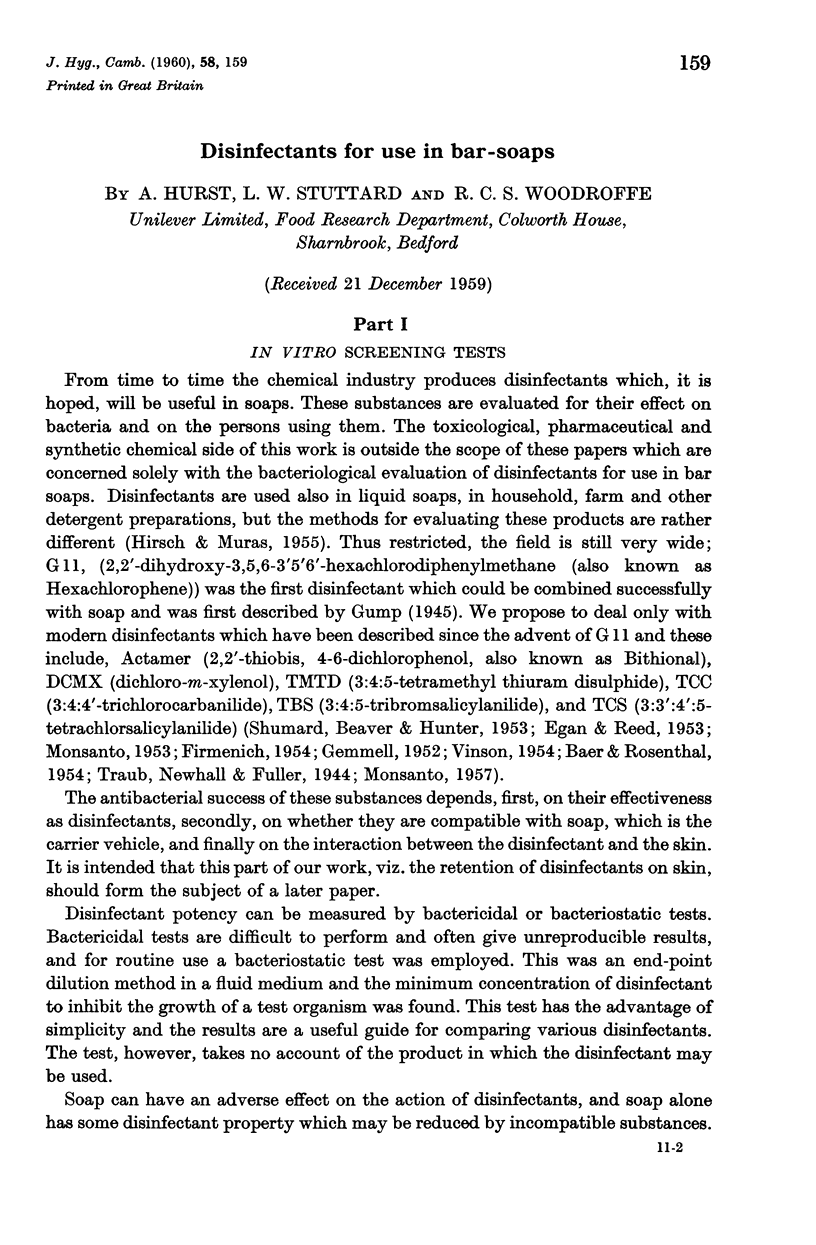
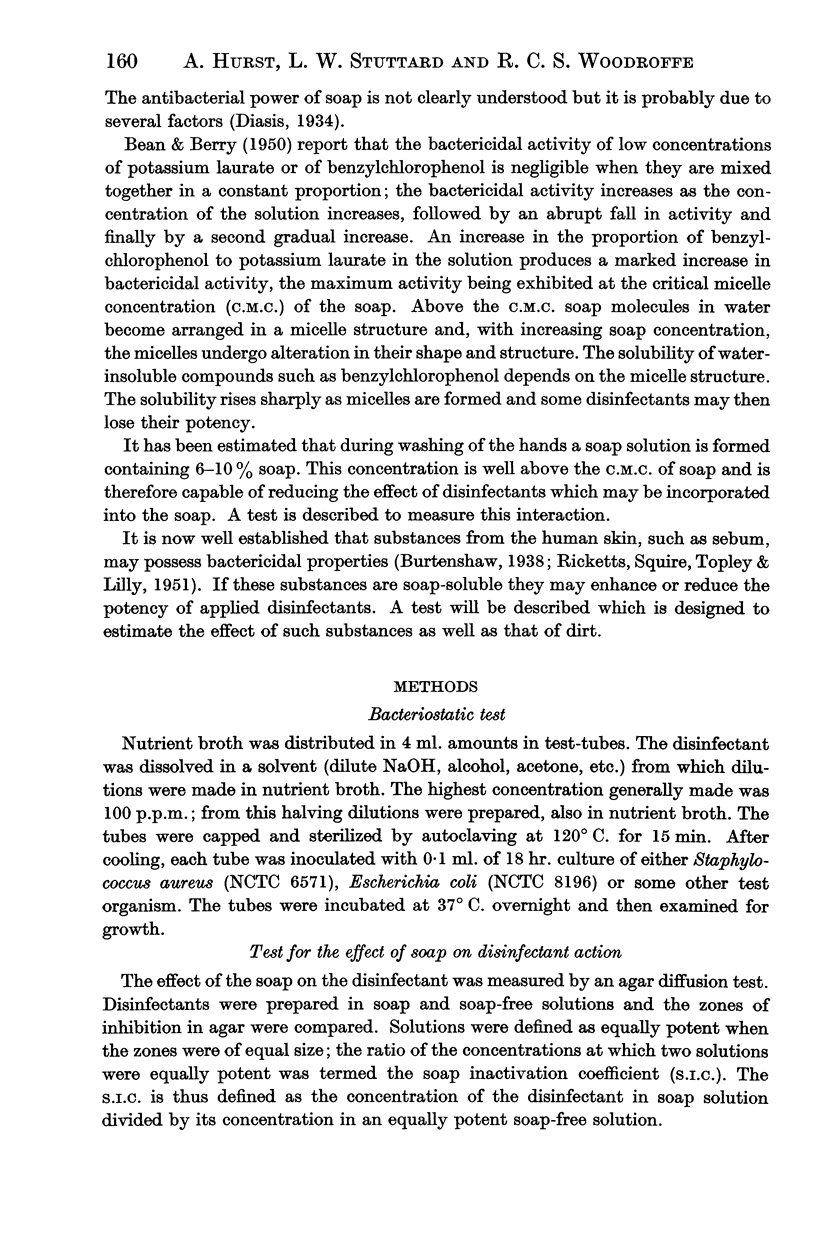
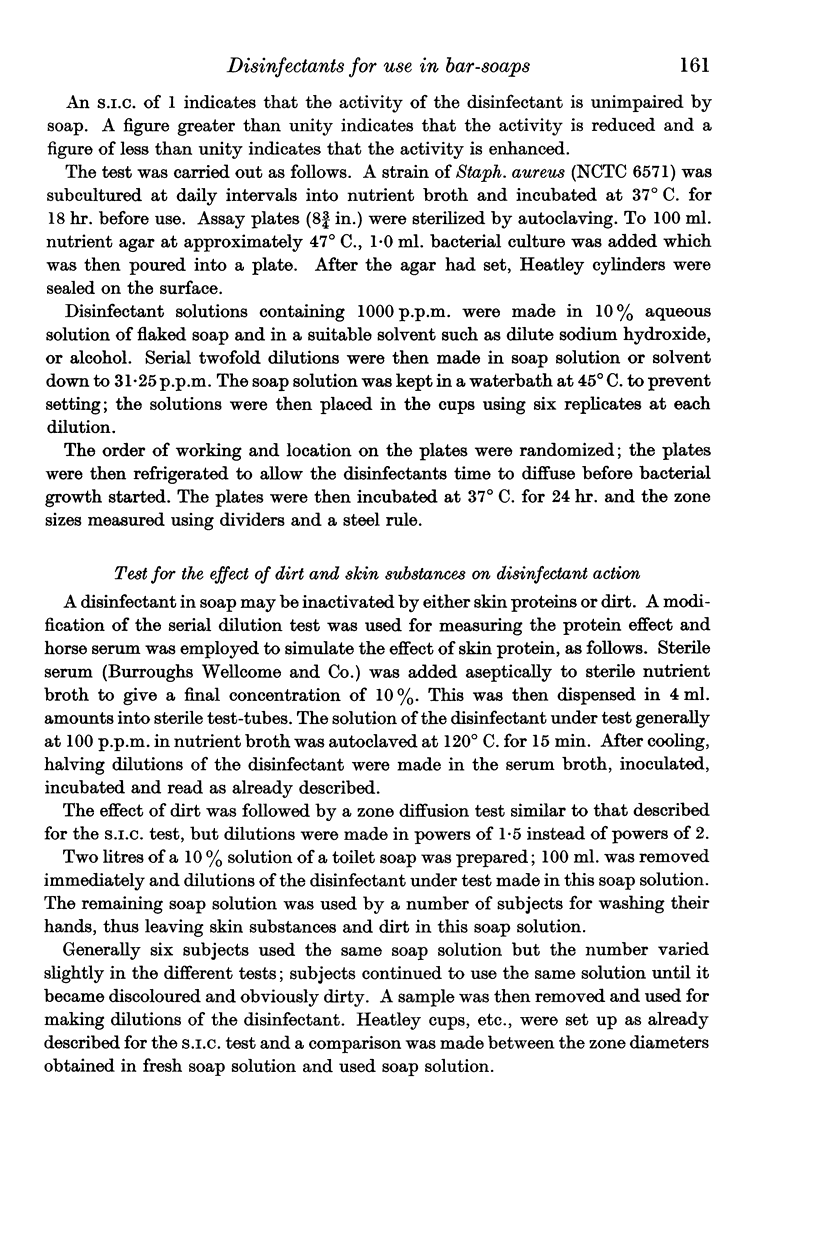
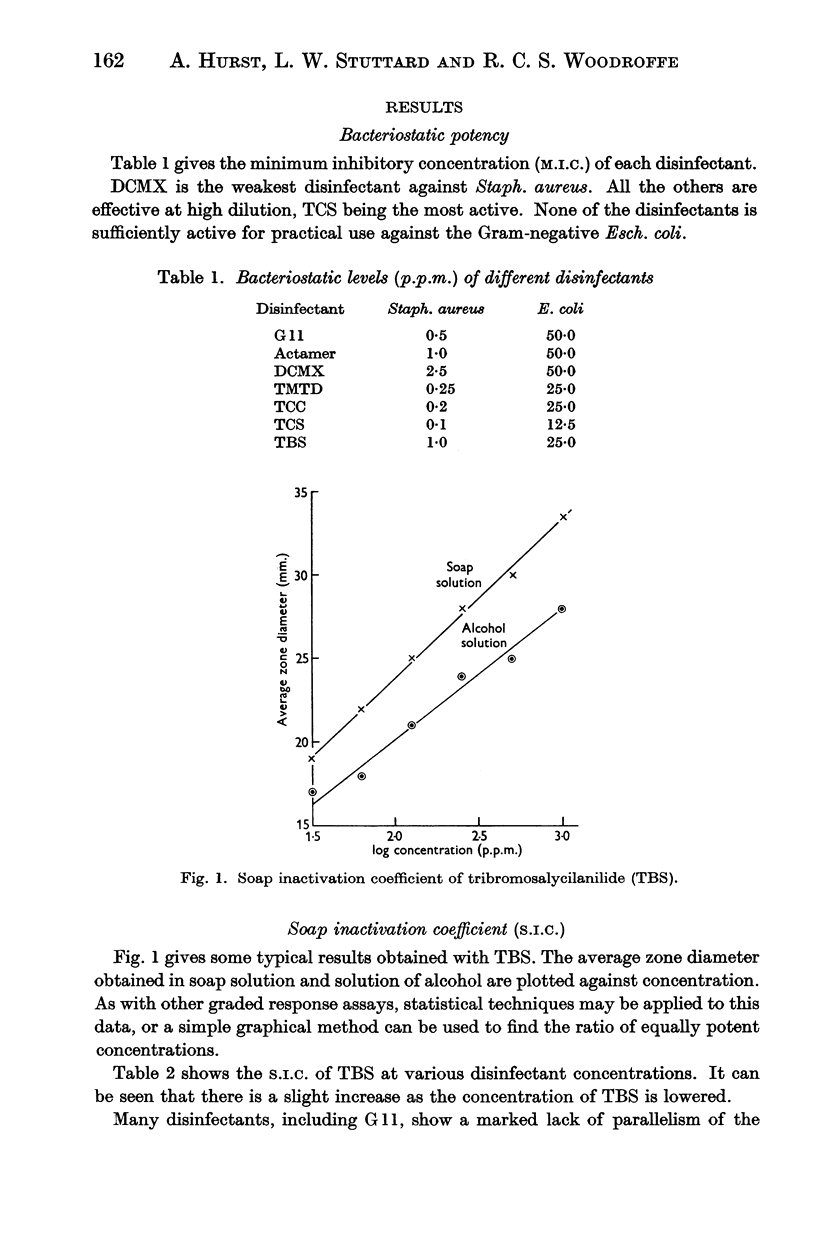

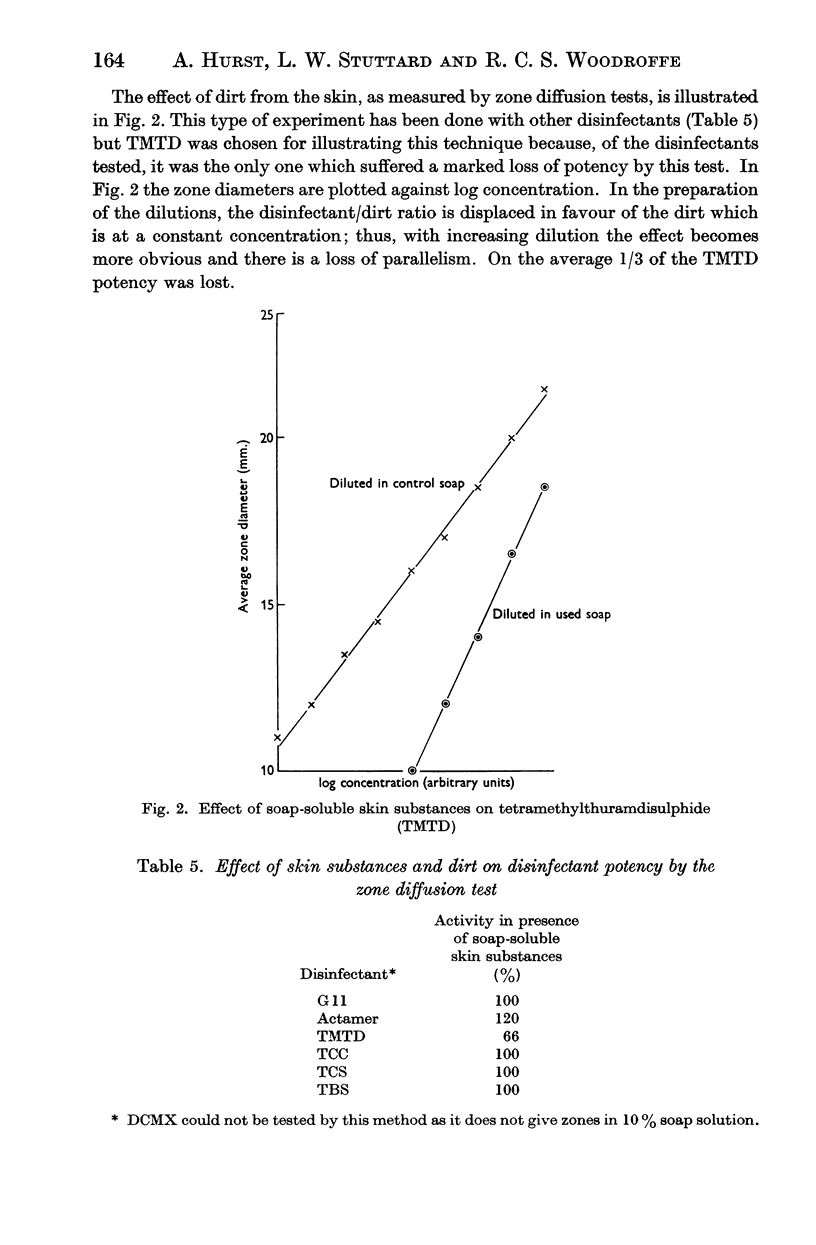
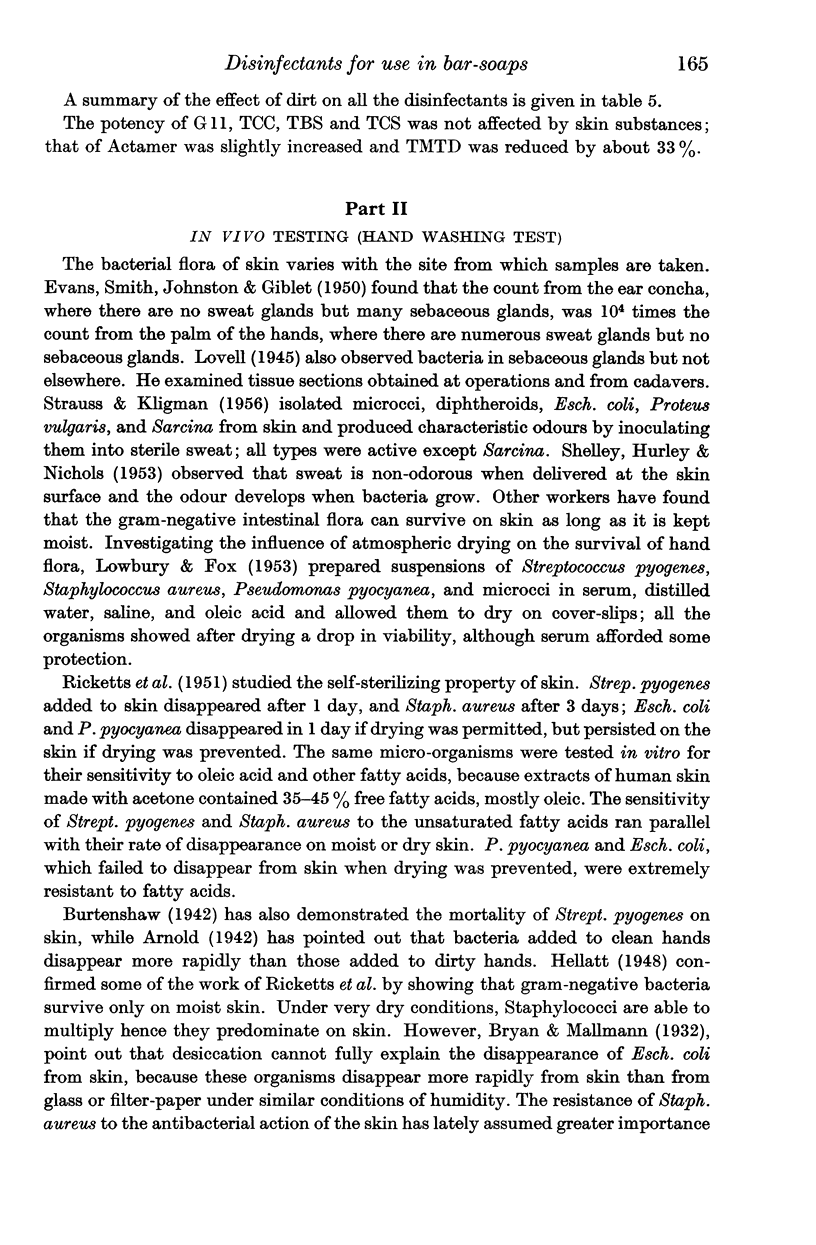
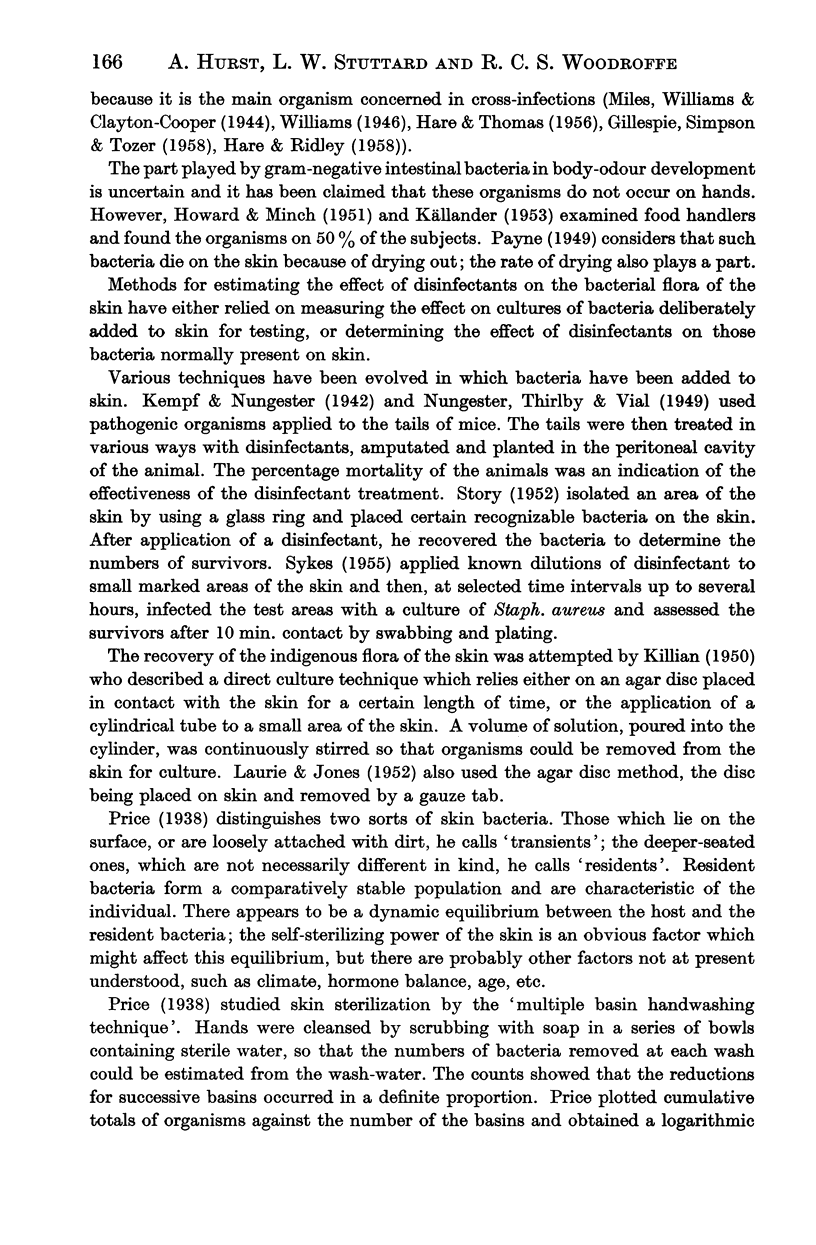
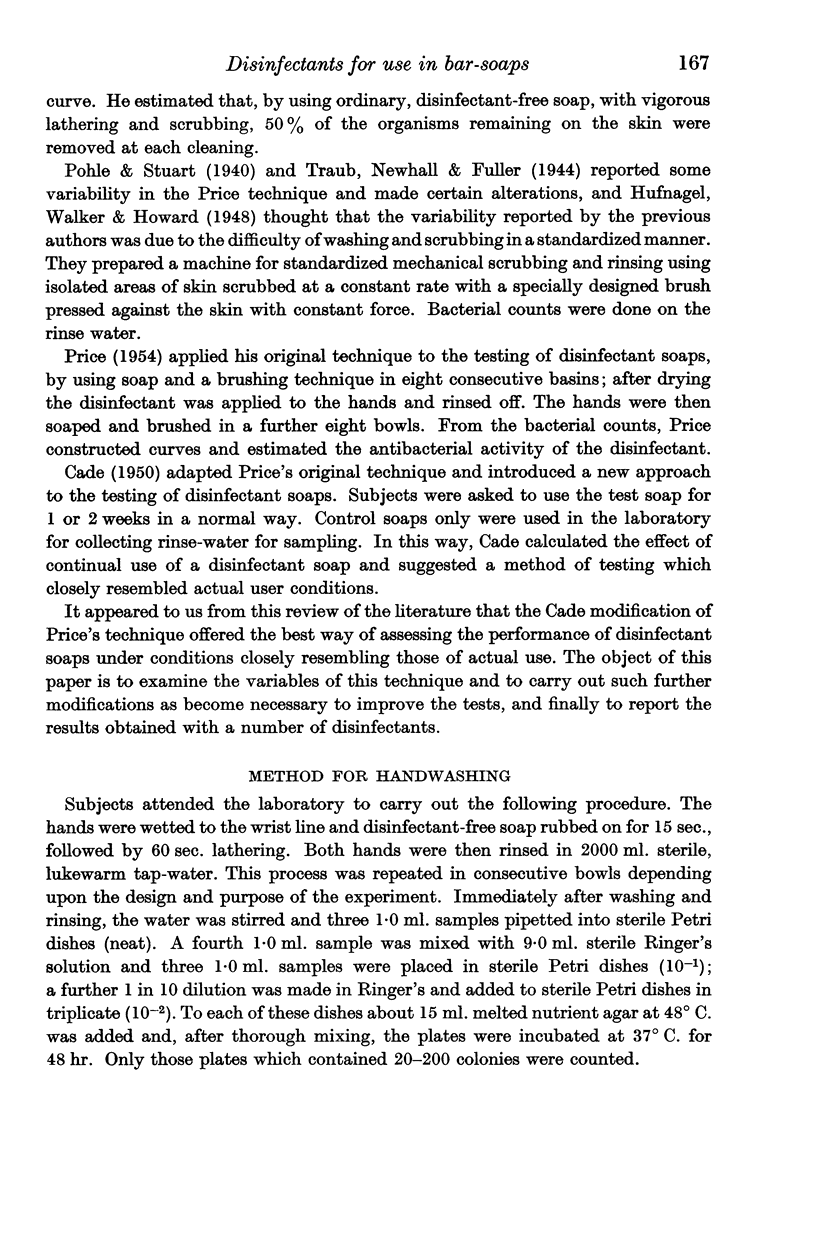
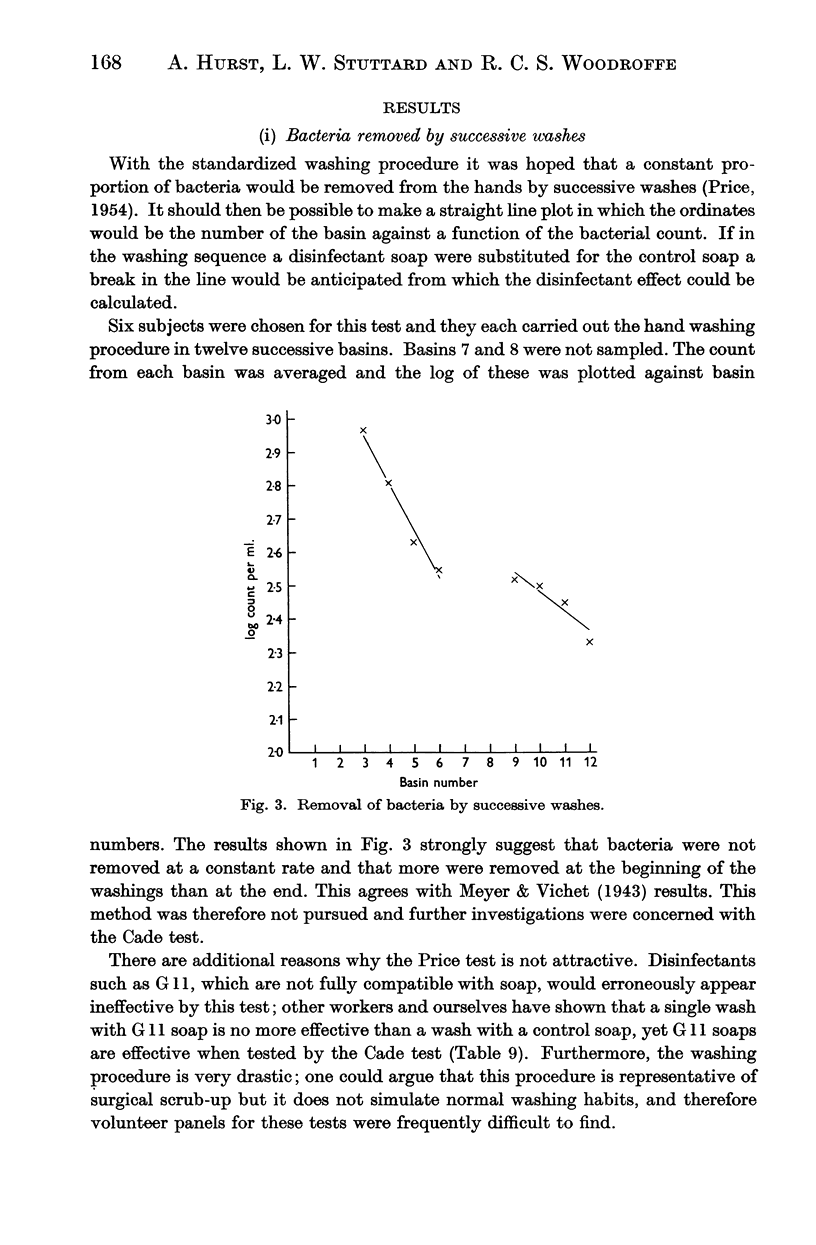
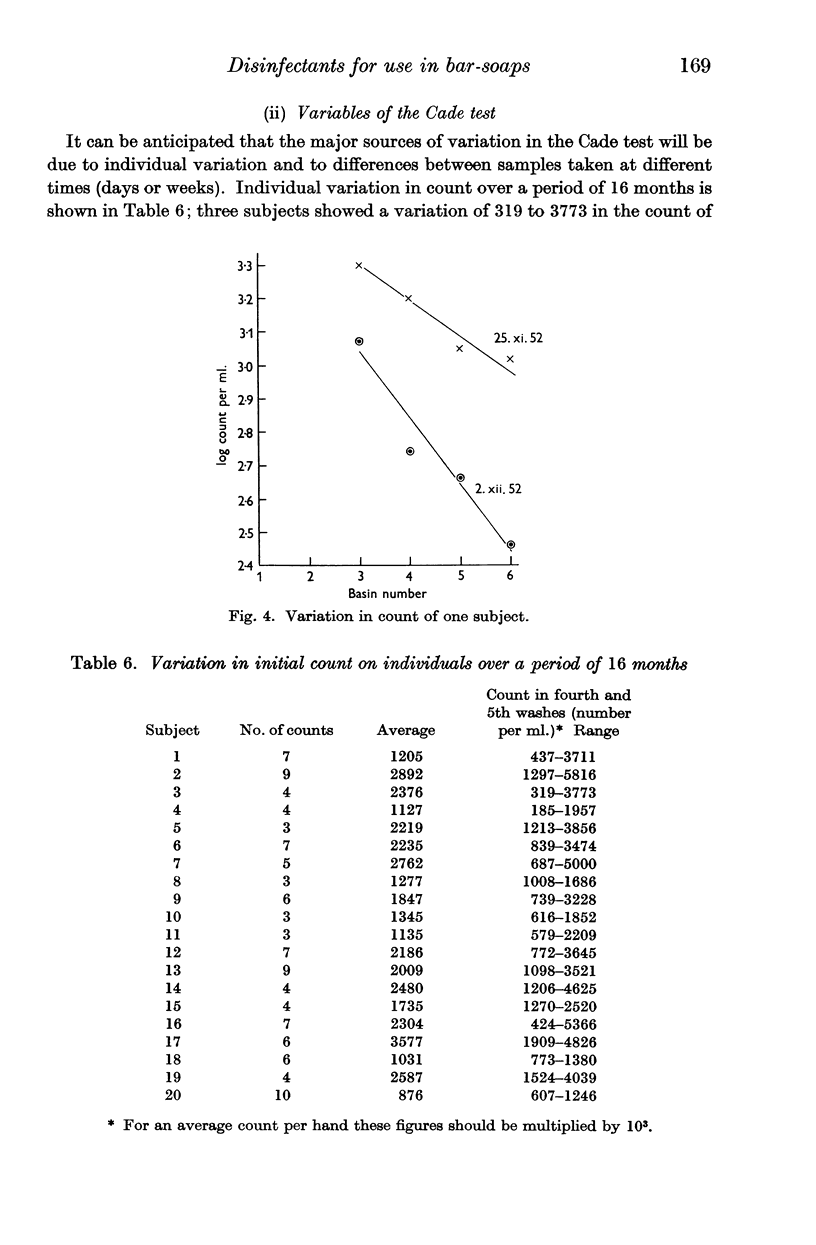
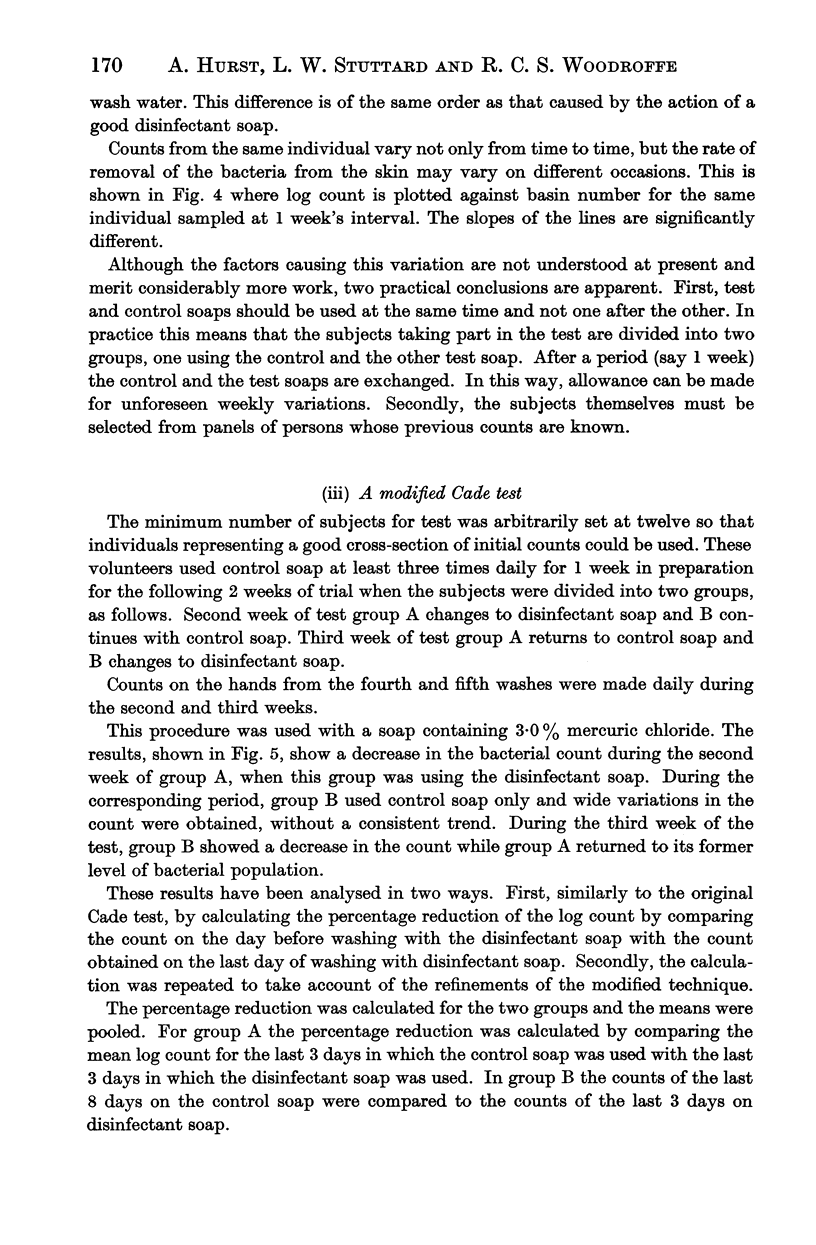
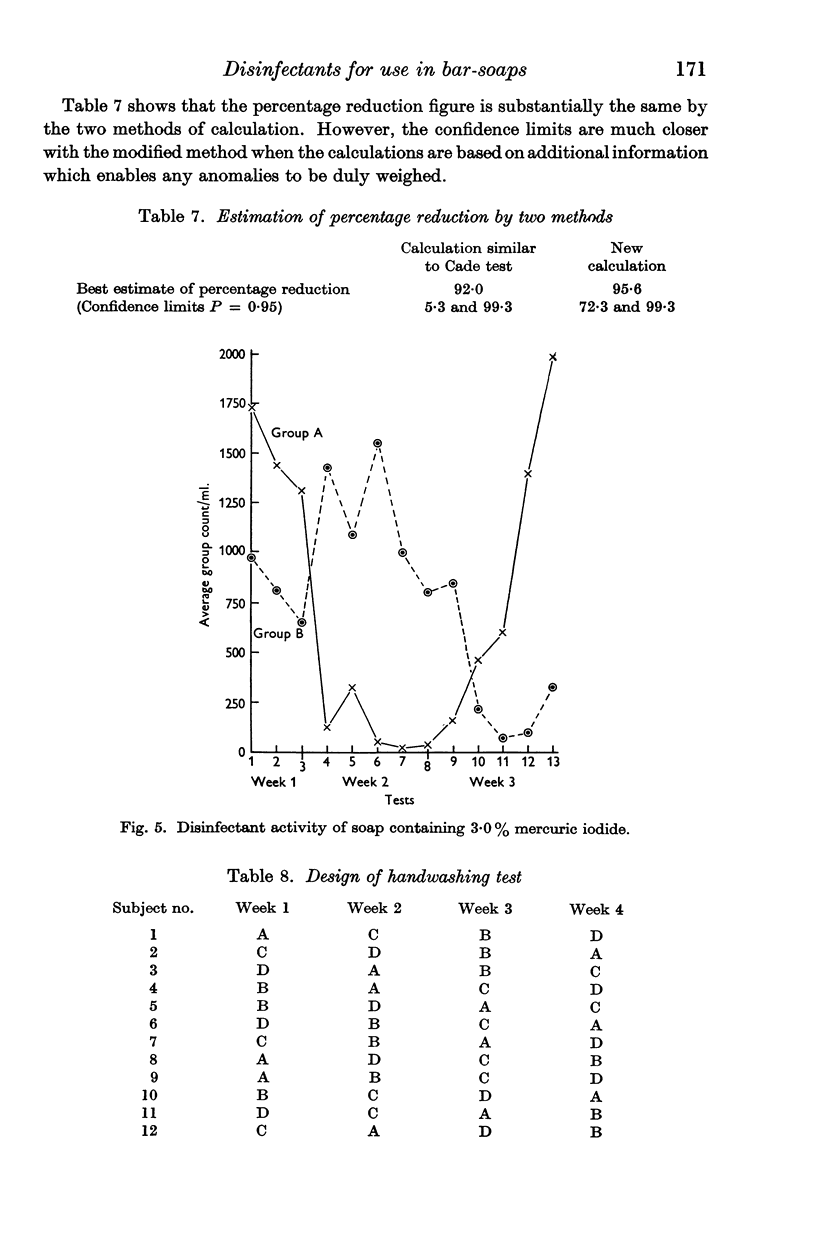
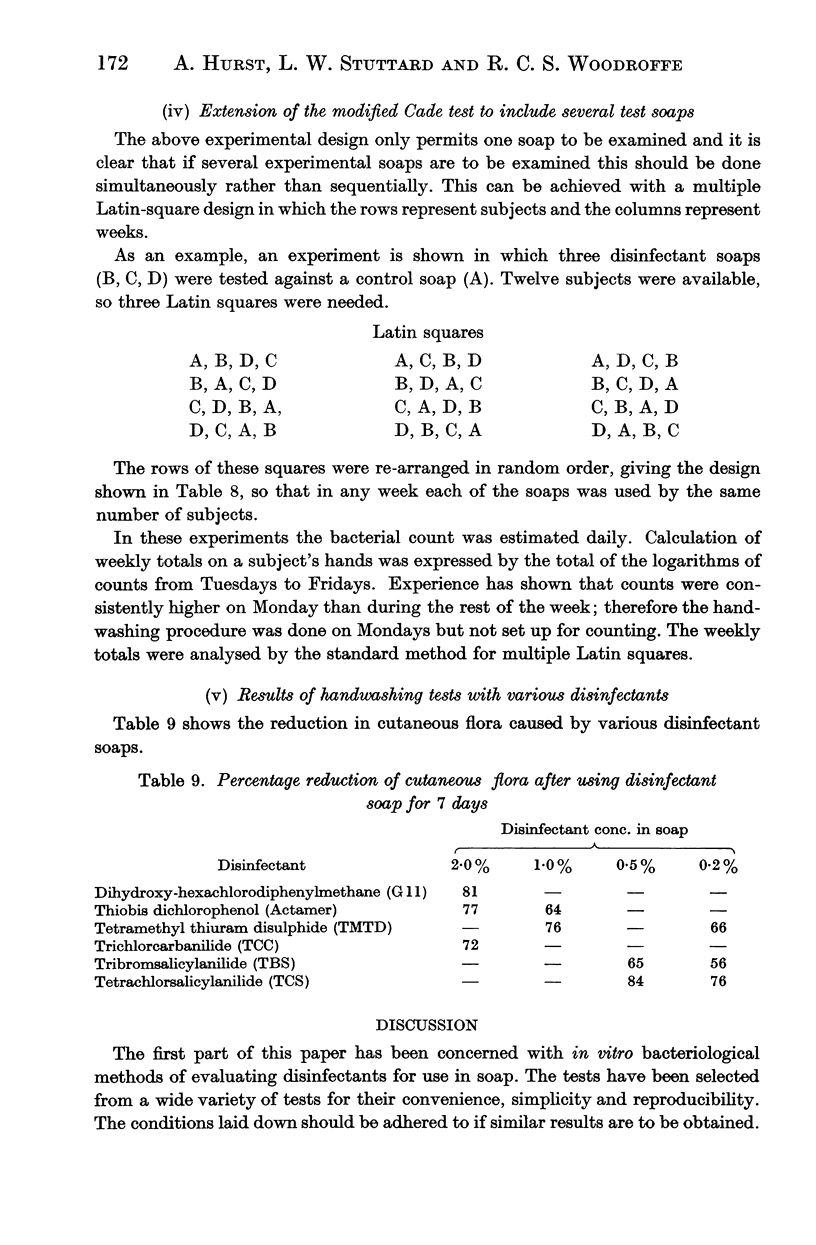
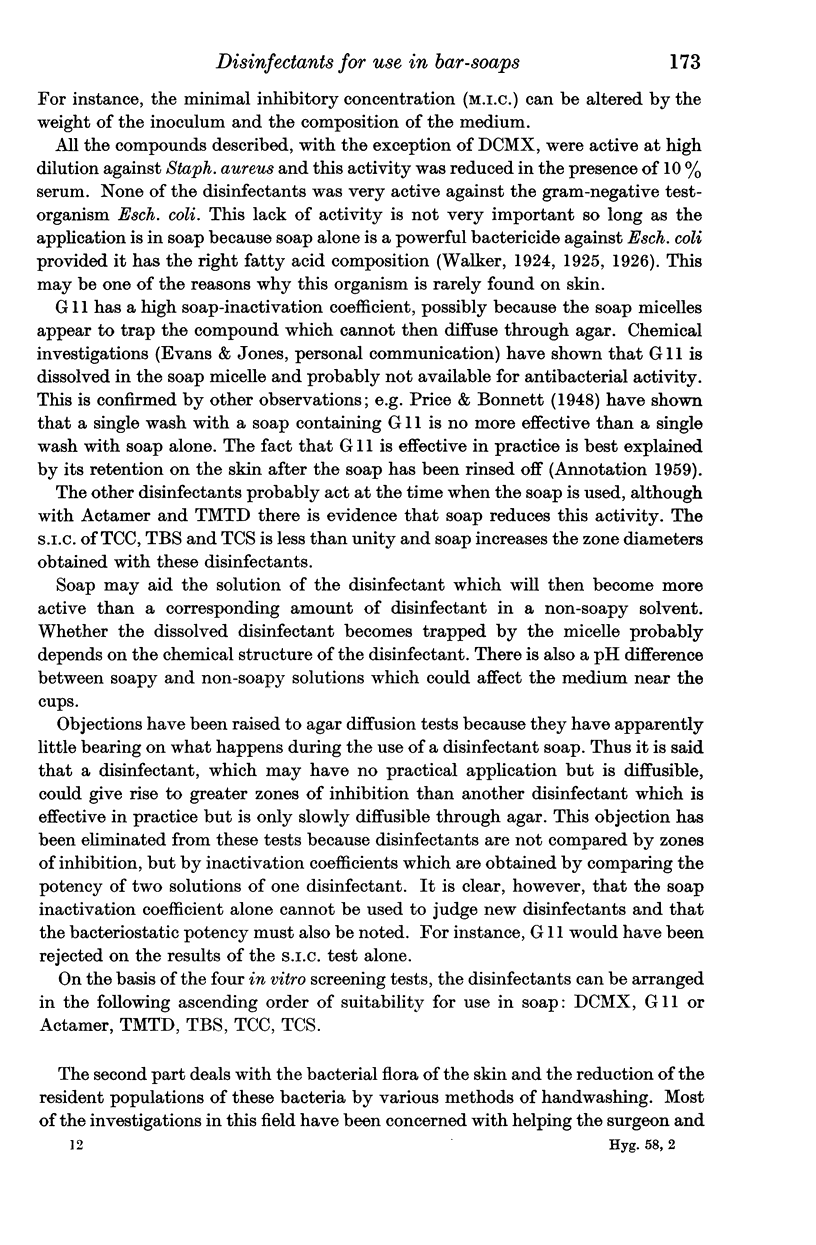
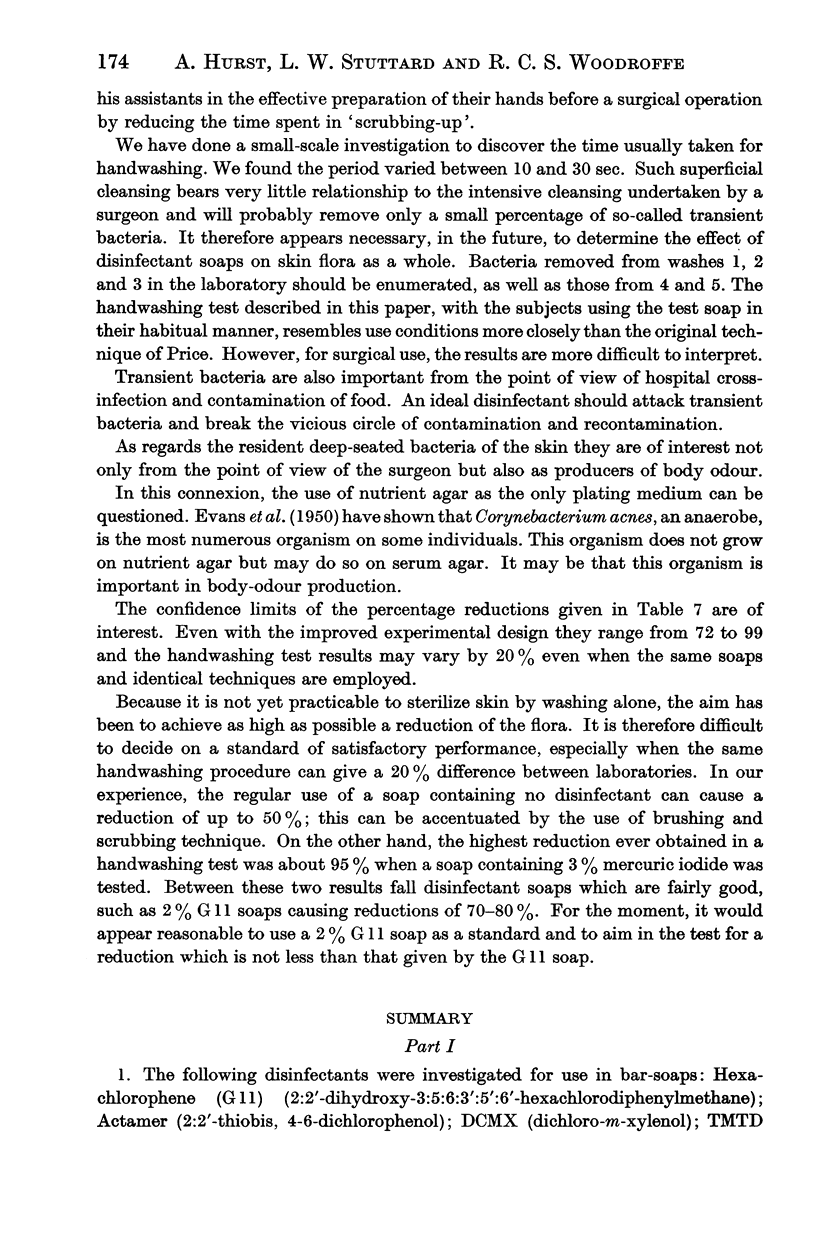
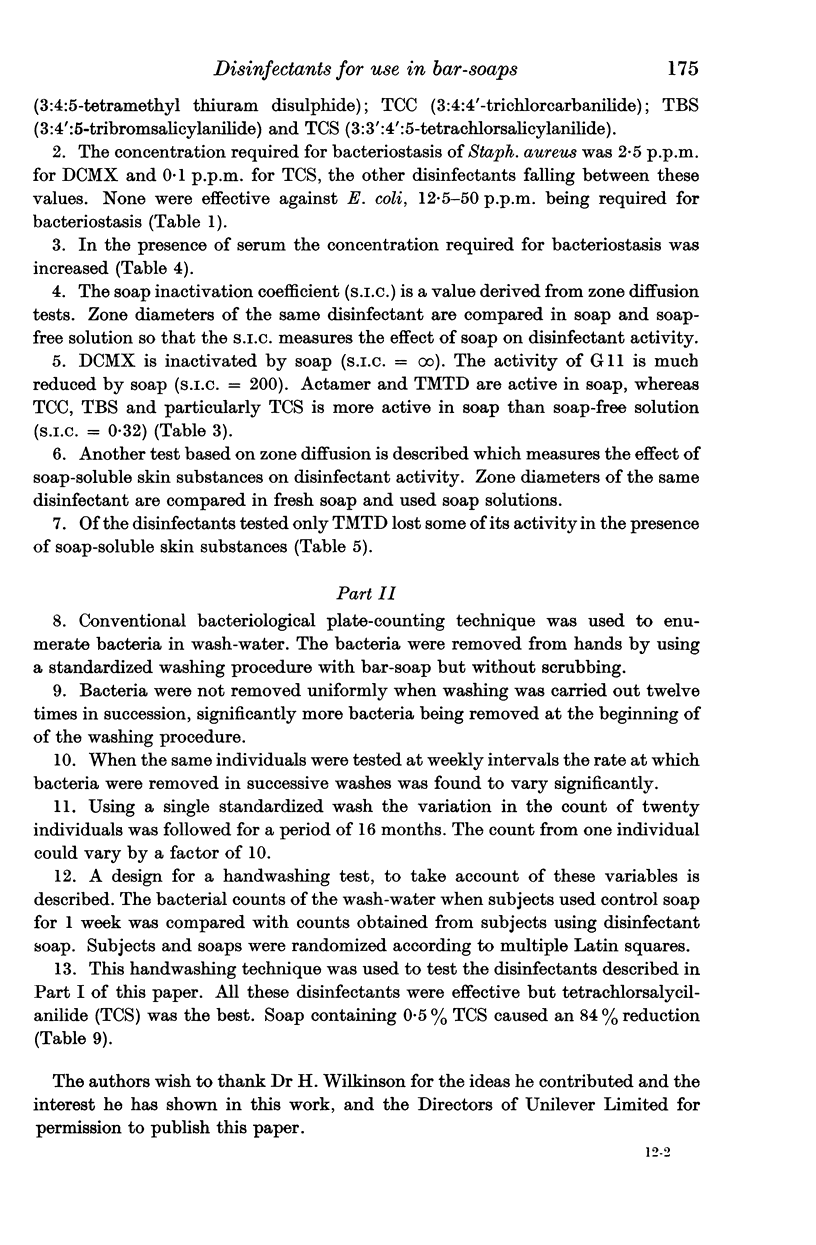
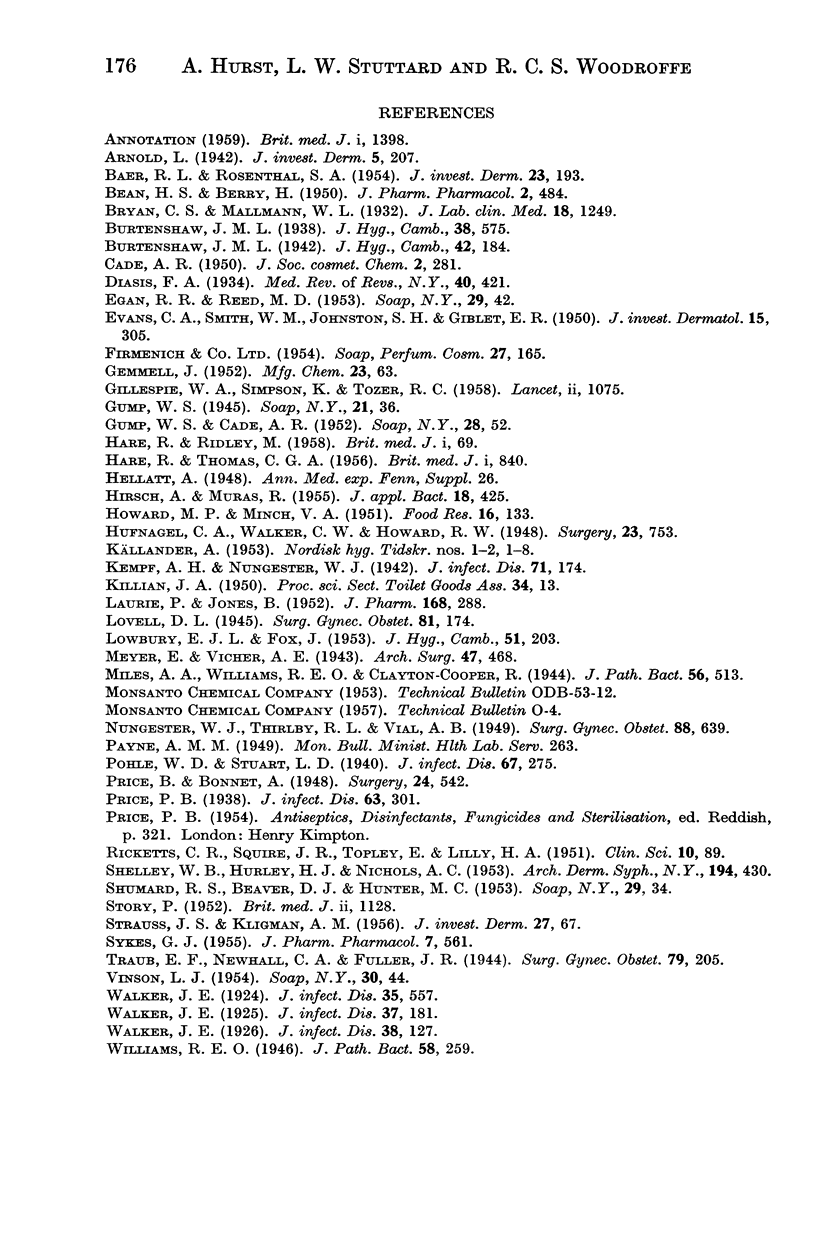
Selected References
These references are in PubMed. This may not be the complete list of references from this article.
- BAER R. L., ROSENTHAL S. A. The germicidal action on human skin of soap containing tetramethylthiuram disulfide. J Invest Dermatol. 1954 Sep;23(3):193–211. doi: 10.1038/jid.1954.99. [DOI] [PubMed] [Google Scholar]
- BEAN H. S., BERRY H. The bactericidal activity of phenols in aqueous solutions of soap; the solubility of a water-insoluble phenol in aqueous solutions of soap. J Pharm Pharmacol. 1950 Aug;2(8):484–490. doi: 10.1111/j.2042-7158.1950.tb12963.x. [DOI] [PubMed] [Google Scholar]
- EVANS C. A., SMITH W. M., JOHNSTON E. A., GIBLETT E. R. Bacterial flora of the normal human skin. J Invest Dermatol. 1950 Oct;15(4):305–324. doi: 10.1038/jid.1950.105. [DOI] [PubMed] [Google Scholar]
- GILLESPIE W. A., SIMPSON K., TOZER R. C. Staphylococcal infection in a maternity hospital; epidemiology and control. Lancet. 1958 Nov 22;2(7056):1075–1080. doi: 10.1016/s0140-6736(58)92462-0. [DOI] [PubMed] [Google Scholar]
- HARE R., RIDLEY M. Further studies on the transmission of Staph. aureus. Br Med J. 1958 Jan 11;1(5062):69–73. doi: 10.1136/bmj.1.5062.69. [DOI] [PMC free article] [PubMed] [Google Scholar]
- HARE R., THOMAS C. G. The transmission of Staphylococcus aureus. Br Med J. 1956 Oct 13;2(4997):840–844. doi: 10.1136/bmj.2.4997.840. [DOI] [PMC free article] [PubMed] [Google Scholar]
- HORWOOD M. P., MINCH V. A. The numbers and types of bacteria found on the hands of food handlers. Food Res. 1951 Mar-Apr;16(2):133–136. doi: 10.1111/j.1365-2621.1951.tb17360.x. [DOI] [PubMed] [Google Scholar]
- KLIGMAN A. M., STRAUSS J. S. The bacteria responsible for apocrine odor. J Invest Dermatol. 1956 Aug;27(2):67–71. doi: 10.1038/jid.1956.79. [DOI] [PubMed] [Google Scholar]
- LOWBURY E. J., FOX J. The influence of atmospheric drying on the survival of wound flora. J Hyg (Lond) 1953 Jun;51(2):203–214. doi: 10.1017/s0022172400015631. [DOI] [PMC free article] [PubMed] [Google Scholar]
- PAYNE A. M. M. The influence of humidity on the survival of Bacterium coli on the skin. Mon Bull Minist Health Public Health Lab Serv. 1949 Dec;8:263–271. [PubMed] [Google Scholar]
- SHELLEY W. B., HURLEY H. J., Jr, NICHOLS A. C. Axillary odor; experimental study of the role of bacteria, apocrine sweat, and deodorants. AMA Arch Derm Syphilol. 1953 Oct;68(4):430–446. doi: 10.1001/archderm.1953.01540100070012. [DOI] [PubMed] [Google Scholar]
- STORY P. Testing of skin disinfectants. Br Med J. 1952 Nov 22;2(4794):1128–1130. doi: 10.1136/bmj.2.4794.1128. [DOI] [PMC free article] [PubMed] [Google Scholar]
- SYKES G. Disinfection: a critical review of methods and mechanisms. J Pharm Pharmacol. 1955 Sep;7(9):561–579. doi: 10.1111/j.2042-7158.1955.tb12069.x. [DOI] [PubMed] [Google Scholar]


